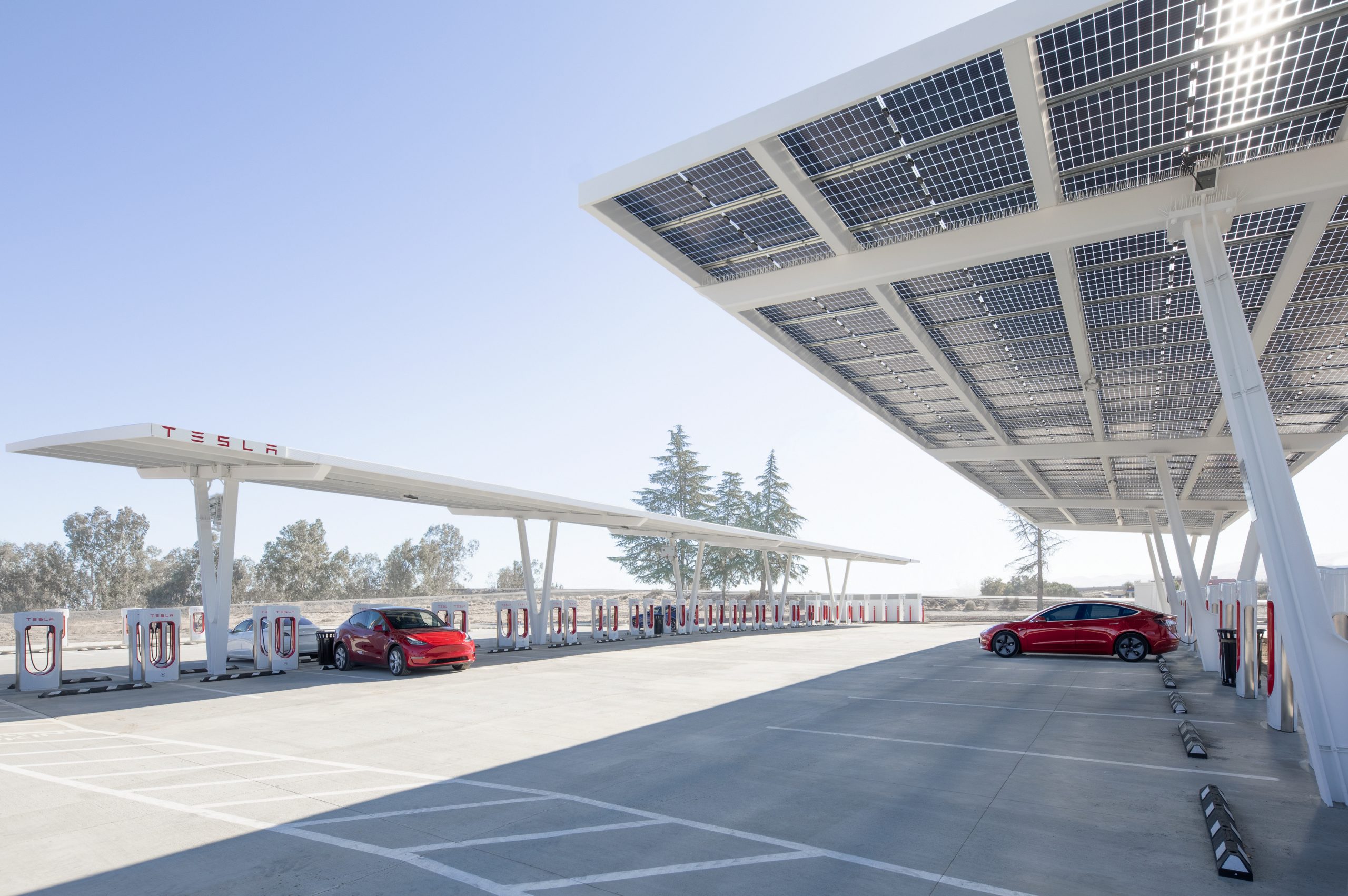With the Climate Bill that includes funding for EV buying incentives approaching its final round of voting and news about possible details on the funding running rampant, I will attempt to consolidate as much knowledge as possible into one place.
First of all, I and others here at Teslarati have written numerous articles covering EV incentives. These articles will help you understand how incentives have been voted on recently and how EV incentives in the US compared to the rest of the world. Some of the most notable include this article about US State level EV incentives, this article about how the “union made” incentive was scrapped earlier this year and this opinion piece about what Elon Musk thinks about EV incentives and how he hopes the US will move away from ICE vehicles.
A personal favorite from outside of Teslarati, Martyn Lee of the EV News Daily podcast has laid out a couple of perspectives from Twitter in one of his most recent episodes.
Martyn does a fantastic job of laying out a couple of perspectives on the EV incentives, how some are proposing to pay for them, and reading from experts examining the bill. One such expert is Tom Randall of Reuters, who has posted numerous Twitter threads on the topic. His most notable is the one linked below, where he covers the basics of incentives, who will qualify, and other notes surrounding the legislative process/votes.
Interesting EV tax credit details in the new Manchin deal: $7.5k credit per new vehicle and $4k for a used EV (or 30% of price, whichever is less). The credits expire at the end of 2032—with no manufacturer caps. A bunch of new limitations include ?1/
— Tom Randall (@tsrandall) July 28, 2022
Some important notes from the thread are that used cars will also qualify for a tax rebate of up to $4,000 (as long as your salary is below $75,000 individually or $150,000 for joint filers), and new cars will only qualify if they are under $55,000, new SUVs and trucks will have to be below $80,000, and used vehicles must cost less than $25,000 to qualify.
For those who need a consolidated explanation of what will allow a vehicle to access the incentive, u/mad691 on the r/Electric Vehicles subreddit has posted a spreadsheet that includes all current plugin models and their possible federal rebates if the bill, in its current form, passes. The sheet consists of the qualifications that manufacturers must meet for customers to access the tax rebate along the top row.
Listed on the left are the current incentives available for each model. Then the following five columns highlight whether the vehicle may qualify in the future under the new proposal. These qualifications would disqualify the vehicle from the incentives. Finally, on the right are two columns that highlight the possible rebate of the vehicle and the change in rebate from the current system (red being negative, black being positive change).
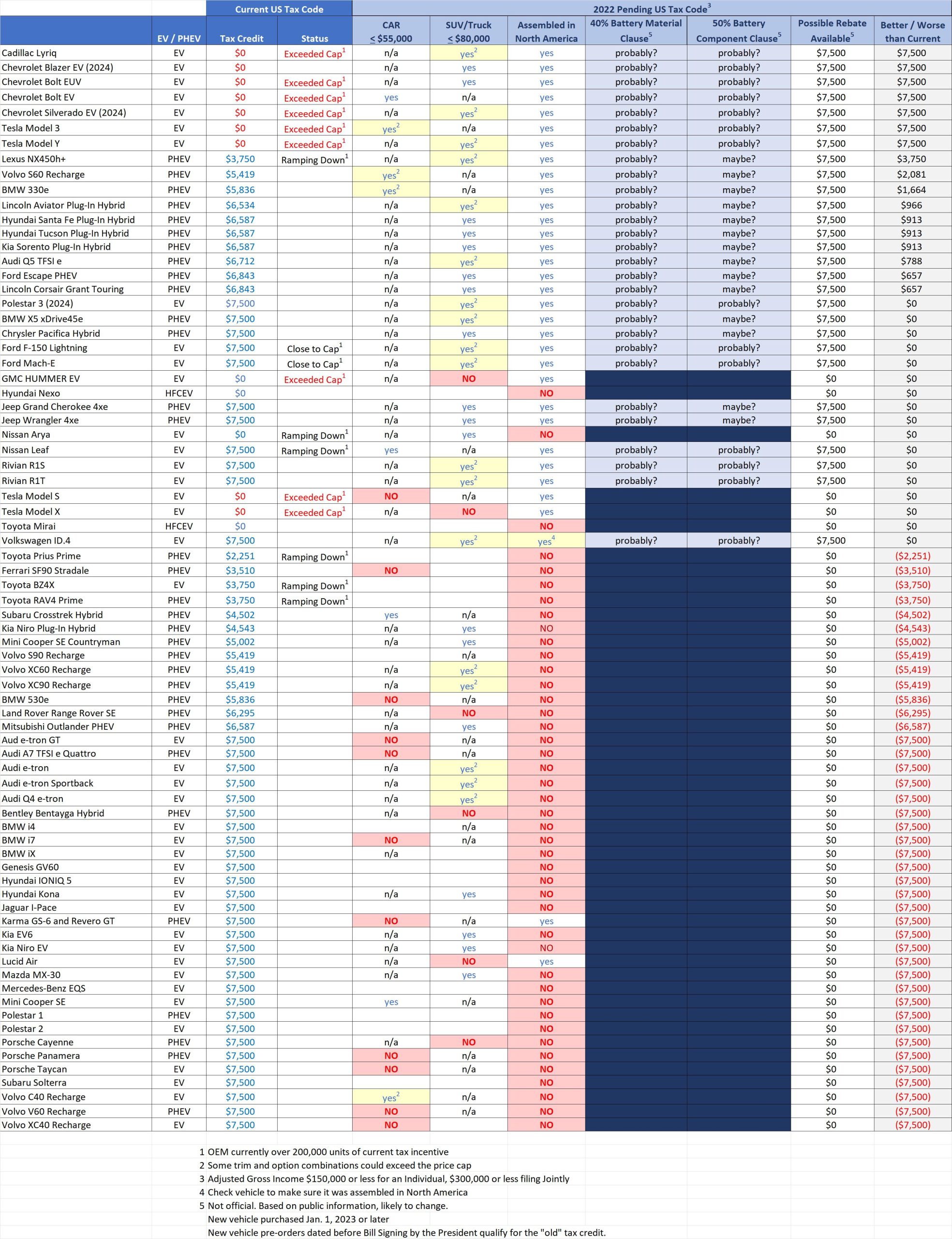
Possible Federal EV Incentives from u/Mad691 on Reddit
While the sheet is not fleshed out completely, especially looking at the battery material clause and battery component clause columns, it can at least give a sense of what vehicles may qualify and which may not. Any of the three middle columns (Car Price, Truck+SUV Price, and Assembled in America) are instant disqualifiers and represent the vast majority of disqualifications from the incentives.
Some surprising results from the table include GM’s offerings that would once again be available for the rebate, the laundry list of vehicles not assembled in the US that would no longer qualify for the tax credits, as well as the long list of PHEVs that will continue to receive the full $7,500 in tax credits despite small batteries and lackluster fuel economy (specifically looking at the Jeep Wrangler 4xe with 14 miles of EV range and the BMW X5 with 30 miles of EV range).
This news should be taken with a huge grain of salt as voting and editing the bill have not yet been completed. However, it can give a basic understanding of what incentives may become available if the bill were to pass.
What do you think of the article? Do you have any comments, questions, or concerns? Shoot me an email at william@teslarati.com. You can also reach me on Twitter @WilliamWritin. If you have news tips, email us at tips@teslarati.com!

News
Tesla dominates in the UK with Model Y and Model 3 leading the way
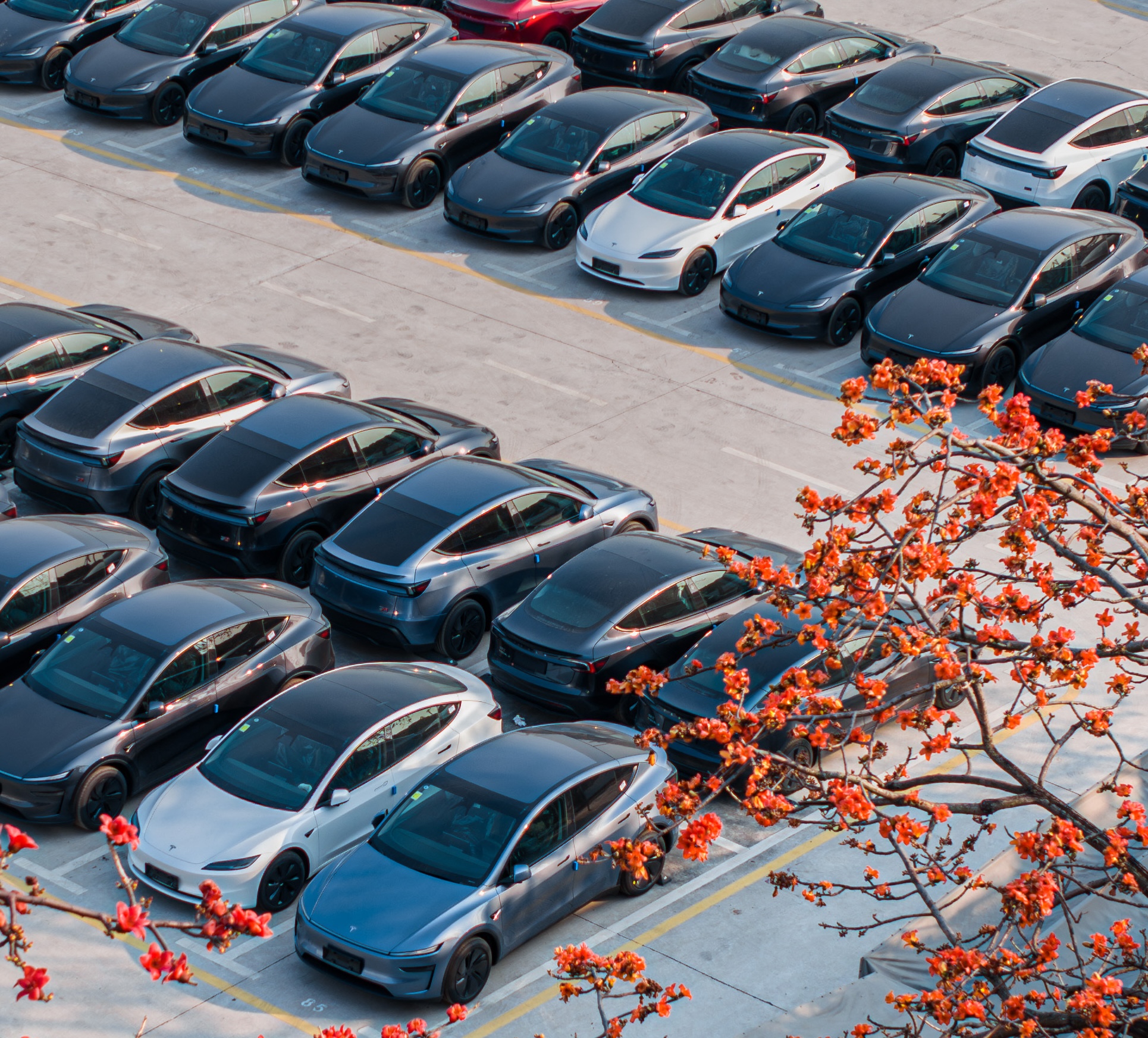
Tesla is dominating in the United Kingdom so far through 2025, and with about two weeks left in the year, the Model Y and Model 3 are leading the way.
The Model Y and Model 3 are the two best-selling electric vehicles in the United Kingdom, which is comprised of England, Scotland, Wales, and Northern Ireland, and it’s not particularly close.
According to data gathered by EU-EVs, the Model Y is sitting at 18,890 units for the year, while the Model 3 is slightly behind with 16,361 sales for the year so far.
The next best-selling EV is the Audi Q4 e-tron at 10,287 units, lagging significantly behind but ahead of other models like the BMW i4 and the Audi Q6 e-tron.
GOOD NEWS 🇬🇧 Tesla is absolutely crushing the UK electric vehicle market in 2025 💥
The numbers are in, and the dominance is clear. With an impressive amount of 42,270 vehicles delivered year-to-date, the brand now commands a solid 9.6% market share of the total auto market 🆒… pic.twitter.com/dkiGX9kzd0
— Ming (@tslaming) December 18, 2025
The Model Y has tasted significant success in the global market, but it has dominated in large markets like Europe and the United States.
For years, it’s been a car that has fit the bill of exactly what consumers need: a perfect combination of luxury, space, and sustainability.
Both vehicles are going to see decreases in sales compared to 2024; the Model Y was the best-selling car last year, but it sold 32,610 units in the UK. Meanwhile, the Model 3 had reached 17,272 units, which will keep it right on par with last year.
Tesla sold 50,090 units in the market last year, and it’s about 8,000 units shy of last year’s pace. It also had a stronger market share last year with 13.2 percent of the sales in the market. With two weeks left in 2025, Tesla has a 9.6 percent market share, leading Volkswagen with 8 percent.
The company likely felt some impact from CEO Elon Musk’s involvement with the Trump administration and, more specifically, his role with DOGE. However, it is worth mentioning that some months saw stronger consumer demand than others. For example, sales were up over 20 percent in February. A 14 percent increase followed this in June.
News
Tesla Insurance officially expands to new U.S. state
Tesla’s in-house Insurance program first launched back in late 2019, offering a new way to insure the vehicles that was potentially less expensive and could alleviate a lot of the issues people had with claims, as the company could assess and repair the damage itself.
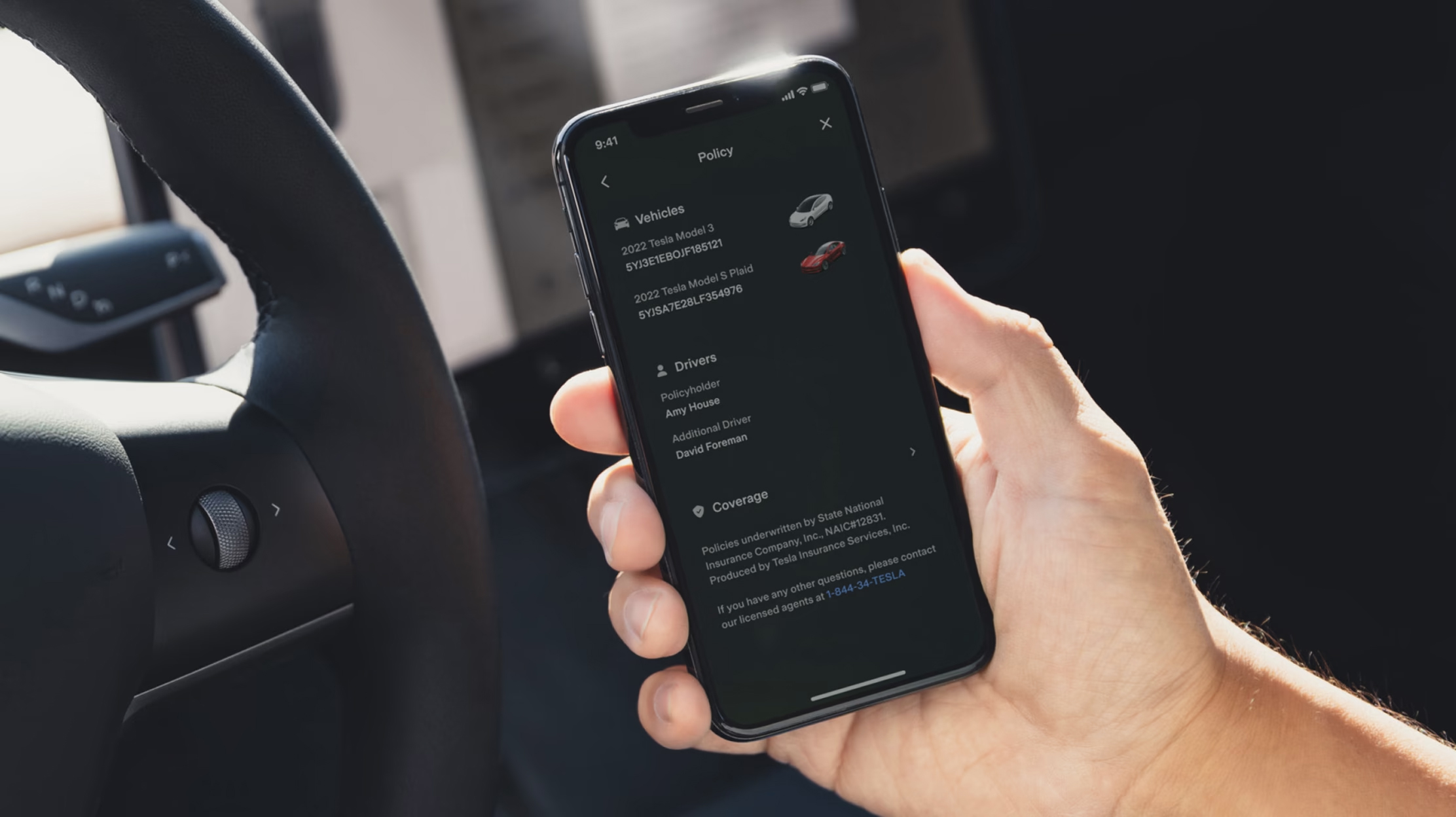
Tesla Insurance has officially expanded to a new U.S. state, its thirteenth since its launch in 2019.
Tesla has confirmed that its in-house Insurance program has officially made its way to Florida, just two months after the company filed to update its Private Passenger Auto program in the state. It had tried to offer its insurance program to drivers in the state back in 2022, but its launch did not happen.
Instead, Tesla refiled the paperwork back in mid-October, which essentially was the move toward initiating the offering this month.
BREAKING: Tesla Insurance has just officially launched in Florida.
This is the first new state to receive @Tesla Insurance in more than 3 years. In total, Tesla insurance is now available in 13 U.S. states (map in thread below of all the states).
Tesla Insurance in Florida uses… pic.twitter.com/bDwh1IV6gD
— Sawyer Merritt (@SawyerMerritt) December 17, 2025
Tesla’s in-house Insurance program first launched back in late 2019, offering a new way to insure the vehicles that was potentially less expensive and could alleviate a lot of the issues people had with claims, as the company could assess and repair the damage itself.
It has expanded to new states since 2019, but Florida presents a particularly interesting challenge for Tesla, as the company’s entry into the state is particularly noteworthy given its unique insurance landscape, characterized by high premiums due to frequent natural disasters, dense traffic, and a no-fault system.
Annual average premiums for Florida drivers hover around $4,000 per year, well above the national average. Tesla’s insurance program could disrupt this, especially for EV enthusiasts. The state’s growing EV adoption, fueled by incentives and infrastructure development, aligns perfectly with Tesla’s ecosystem.
Moreover, there are more ways to have cars repaired, and features like comprehensive coverage for battery damage and roadside assistance tailored to EVs address those common painpoints that owners have.
However, there are some challenges that still remain. Florida’s susceptibility to hurricanes raises questions about how Tesla will handle claims during disasters.
Looking ahead, Tesla’s expansion of its insurance program signals the company’s ambition to continue vertically integrating its services, including coverage of its vehicles. Reducing dependency on third-party insurers only makes things simpler for the company’s automotive division, as well as for its customers.
News
Tesla Full Self-Driving gets sparkling review from South Korean politician
“Having already ridden in an unmanned robotaxi, the novelty wasn’t as strong for me, but it drives just as well as most people do. It already feels like a completed technology, which gives me a lot to think about.”
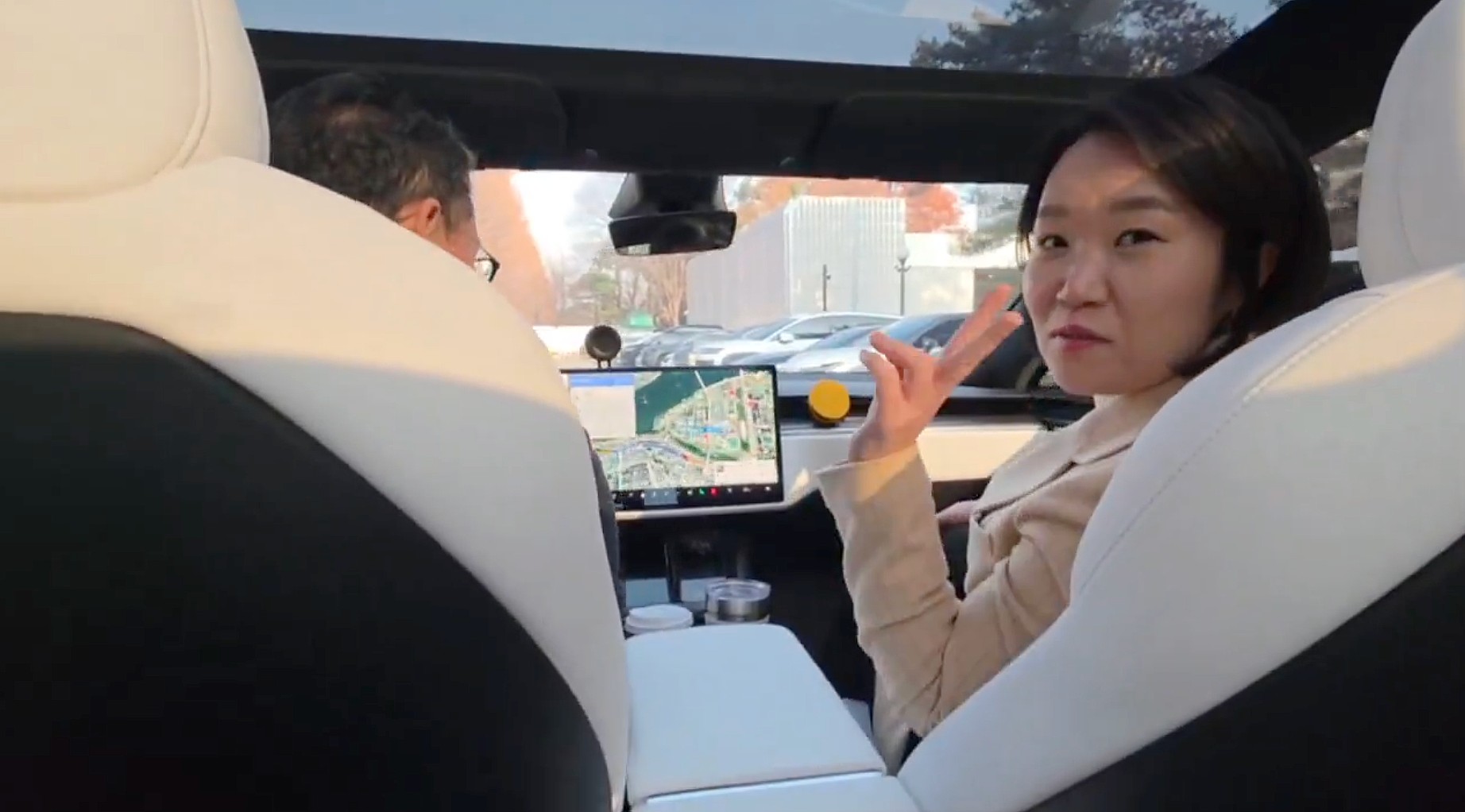
Tesla Full Self-Driving got its first sparkling review from South Korean politician Lee So-young, a member of the country’s National Assembly, earlier this week.
Lee is a member of the Strategy and Finance Committee in South Korea and is a proponent of sustainable technologies and their applications in both residential and commercial settings. For the first time, Lee was able to utilize Tesla’s Full Self-Driving technology as it launched in the country in late November.
Her thoughts on the suite were complimentary to the suite, stating that “it drives just as well as most people do,” and that “it already feels like a completed technology.”
드디어 오늘, 서울에서 테슬라 FSD 체험 했습니다.
JiDal Papa님의 모델S 협찬에 힘입어^^ 파파님 정말 감사합니다.
국회 -> 망원시장 -> 홍익대 -> 국회 복귀 코스였고요.
이미 무인 로보택시를 타봐서 그런지 신기함은
덜했지만, 웬만한 사람만큼 운전을 잘하네요.이미 완성된 기술이라고… pic.twitter.com/8pAidHBpRG
— 이소영 국회의원 (Soyoung Lee) (@im_soyounglee) December 17, 2025
Her translated post says:
“Finally, today I got to experience Tesla FSD in Seoul. Thanks to the Model S sponsored by JiDal Papa^^, I’m truly grateful to Papa. The route was from the National Assembly -> Mangwon Market -> Hongik University -> back to the National Assembly. Having already ridden in an unmanned robotaxi, the novelty wasn’t as strong for me, but it drives just as well as most people do. It already feels like a completed technology, which gives me a lot to think about. Once it actually spreads into widespread use, I feel like our daily lives are going to change a lot. Even I, with my license gathering dust in a drawer, don’t see much reason to learn to drive a manual anymore.”
Tesla Full Self-Driving officially landed in South Korea in late November, with the initial launch being one of Tesla’s most recent, v14.1.4.
It marked the seventh country in which Tesla was able to enable the driver assistance suite, following the United States, Puerto Rico, Canada, China, Mexico, Australia, and New Zealand.
It is important to see politicians and figures in power try new technologies, especially ones that are widely popular in other regions of the world and could potentially revolutionize how people travel globally.
